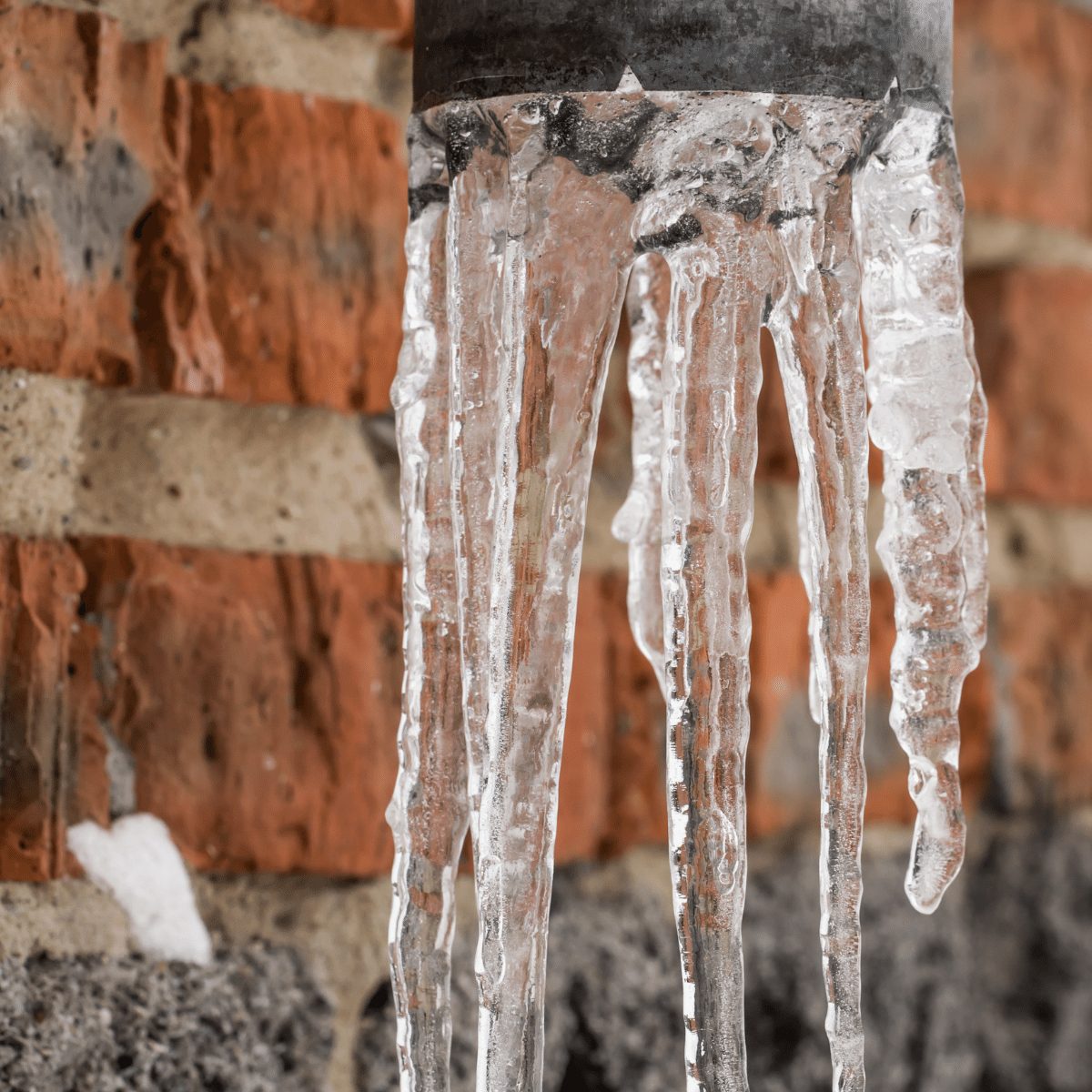What are your thoughts on Helpful Tips to Prevent Frozen Pipes this Winter?

Winter can wreak havoc on your plumbing, specifically by freezing pipelines. Here's how to prevent it from occurring and what to do if it does.
Intro
As temperatures drop, the risk of icy pipelines rises, possibly leading to costly repair work and water damage. Comprehending exactly how to avoid frozen pipes is critical for homeowners in chilly environments.
Avoidance Tips
Insulating at risk pipelines
Wrap pipelines in insulation sleeves or utilize warmth tape to safeguard them from freezing temperature levels. Concentrate on pipes in unheated or outside locations of the home.
Heating strategies
Keep indoor spaces properly warmed, specifically locations with plumbing. Open up cupboard doors to permit warm air to distribute around pipes under sinks.
Just how to determine frozen pipes
Search for reduced water circulation from faucets, uncommon odors or noises from pipelines, and visible frost on exposed pipes.
Long-Term Solutions
Architectural changes
Think about rerouting pipes away from exterior wall surfaces or unheated areas. Include extra insulation to attics, basements, and crawl spaces.
Updating insulation
Invest in high-grade insulation for pipes, attic rooms, and walls. Correct insulation aids maintain regular temperatures and reduces the risk of frozen pipes.
Securing Outside Pipes
Garden pipes and exterior faucets
Disconnect and drain pipes garden hoses prior to winter season. Mount frost-proof spigots or cover outside taps with shielded caps.
Understanding Icy Pipes
What causes pipelines to freeze?
Pipelines freeze when exposed to temperatures below 32 ° F (0 ° C) for prolonged periods. As water inside the pipelines ices up, it increases, taxing the pipeline wall surfaces and potentially creating them to rupture.
Threats and damages
Icy pipes can bring about water system disruptions, residential or commercial property damages, and expensive repair services. Ruptured pipelines can flood homes and cause substantial architectural damages.
Indications of Frozen Piping
Identifying frozen pipes early can stop them from rupturing.
What to Do If Your Pipelines Freeze
Immediate activities to take
If you presume frozen pipelines, maintain faucets available to alleviate stress as the ice melts. Use a hairdryer or towels taken in hot water to thaw pipes gradually.
Final thought
Avoiding icy pipes calls for aggressive steps and fast reactions. By recognizing the causes, indicators, and safety nets, homeowners can safeguard their pipes during cold weather.
5 Ways to Prevent Frozen Pipes
Drain Outdoor Faucets and Disconnect Hoses
First, close the shut-off valve that controls the flow of water in the pipe to your outdoor faucet. Then, head outside to disconnect and drain your hose and open the outdoor faucet to allow the water to completely drain out of the line. Turn off the faucet when done. Finally, head back to the shut-off valve and drain the remaining water inside the pipe into a bucket or container. Additionally, if you have a home irrigation system, you should consider hiring an expert to clear the system of water each year.
Insulate Pipes
One of the best and most cost-effective methods for preventing frozen water pipes is to wrap your pipes with insulation. This is especially important for areas in your home that aren’t exposed to heat, such as an attic. We suggest using foam sleeves, which can typically be found at your local hardware store.
Keep Heat Running at 65
Your pipes are located inside your walls, and the temperature there is much colder than the rest of the house. To prevent your pipes from freezing, The Insurance Information Institute suggests that you keep your home heated to at least 65 degrees, even when traveling. You may want to invest in smart devices that can keep an eye on the temperature in your home while you’re away.
Leave Water Dripping
Moving water — even a small trickle — can prevent ice from forming inside your pipes. When freezing temps are imminent, start a drip of water from all faucets that serve exposed pipes. Leaving a few faucets running will also help relieve pressure inside the pipes and help prevent a rupture if the water inside freezes.
Open Cupboard Doors
Warm your kitchen and bathroom pipes by opening cupboards and vanities. You should also leave your interior doors ajar to help warm air circulate evenly throughout your home.
:strip_icc()/snow-outdoor-faucet-pipes-4af65d1e5e904fb1aa7bf74071fe5d89.jpg)
I was shown that write-up on Helpful Tips to Prevent Frozen Pipes this Winter from a good friend on another website. Sharing is good. Helping people is fun. I am grateful for being here. Kindly visit our website back soon.
Call Today